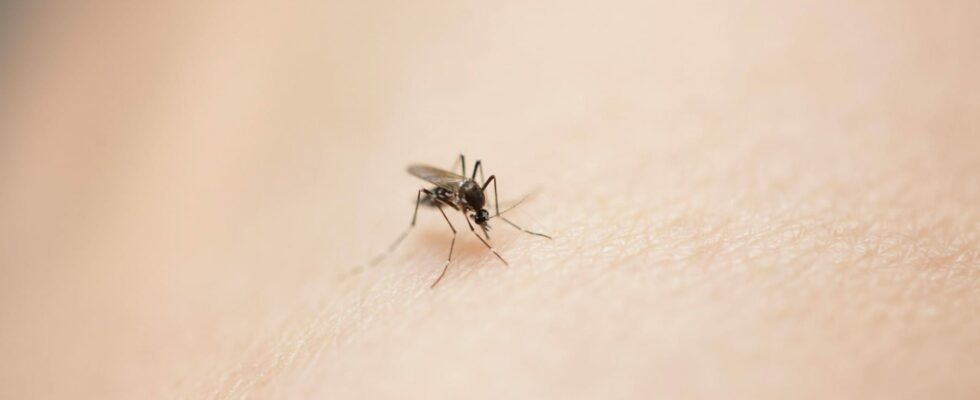Mosquitoes are thirsty for human blood. They can transmit diseases. We reveal which species of mosquito live in Germany.
Many insects are on the list of endangered species. Some of the annoying ones are not. These include the approximately 50 species of mosquitoes in Germany. They like it warm and humid. If this weather prevails, they multiply rapidly. It is little consolation that only the female mosquitoes bite. They need blood as a source of food in order to lay eggs for their offspring.
The Asian tiger mosquito and the Asian bush mosquito have been present in Germany since 2007. Global warming is encouraging their spread. They can transmit the following diseases:
If you experience unusual reactions after a mosquito bite, such as excessive swelling, flu-like symptoms or diarrhea, you should consult a doctor to rule out possible infections.
Mosquitoes have long legs. Their wings are thin, almost transparent. Their slim bodies are grey to brownish in colour. They can reach a size of up to 15 millimetres, with the proboscis taking up half of that. The males are smaller than the females.
Mosquitoes need water to reproduce. A female lays 150 to 300 eggs on the surface of a body of water. Puddles or barrels of rainwater serve as breeding grounds for mosquitoes. A river with a current is unsuitable for this. Sometimes the females lay their eggs on damp ground that is temporarily flooded. If this happens, mass reproduction occurs. The mosquito mutates into a plague.
Of course, mosquitoes can be contained. Their natural enemies are:
Chemical agents are effective at fighting mosquitoes. But gentler home remedies also help. Cover the rain barrel as a possible breeding ground. Change the water in your birdbath regularly. Wear light-colored, not too tight-fitting clothing in the garden. This makes it harder for mosquitoes to bite. Make sure you wear socks and shoes for protection.
Tip: Scents keep mosquitoes away. The insects do not like the scent of lemon, cinnamon and cedar in candles or bowls.

